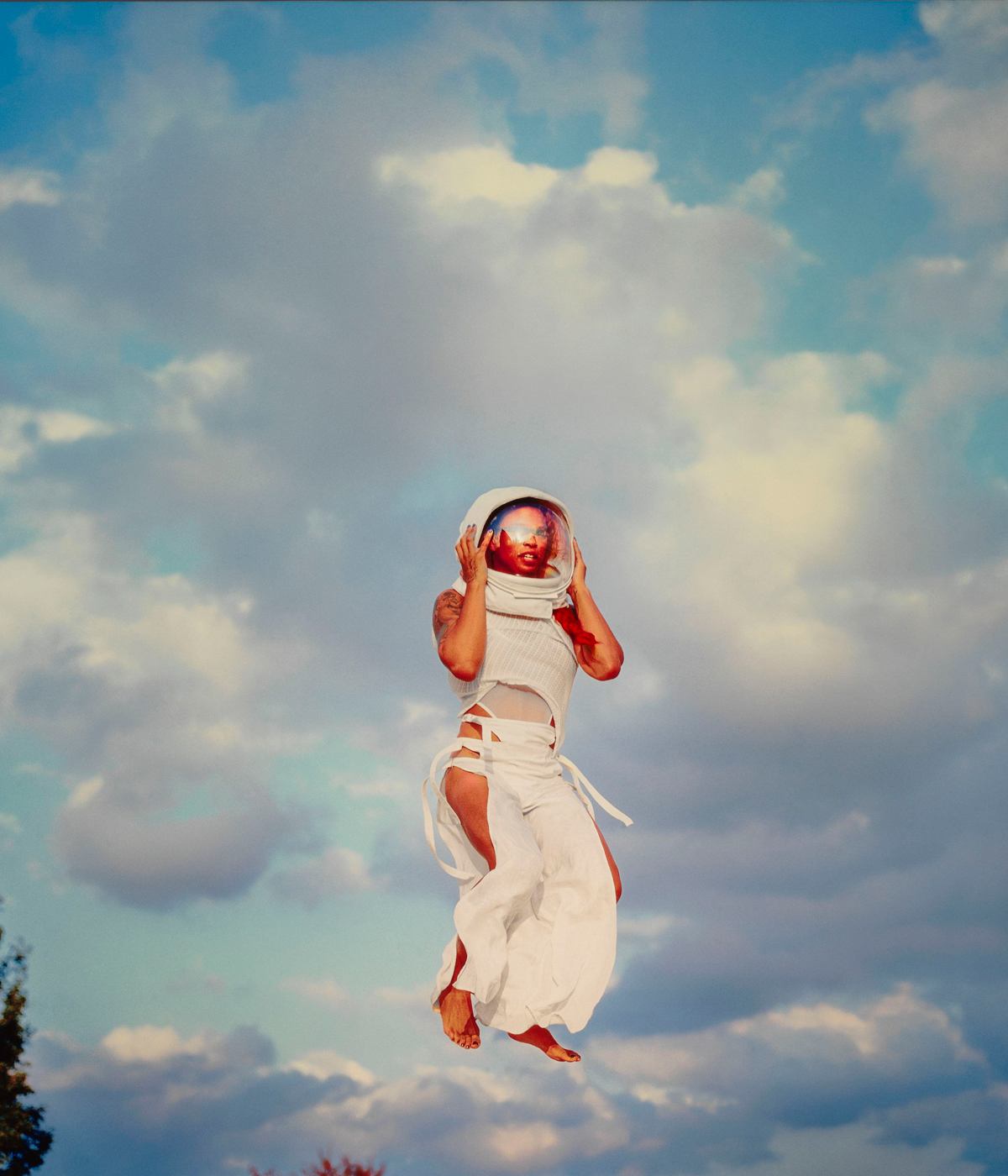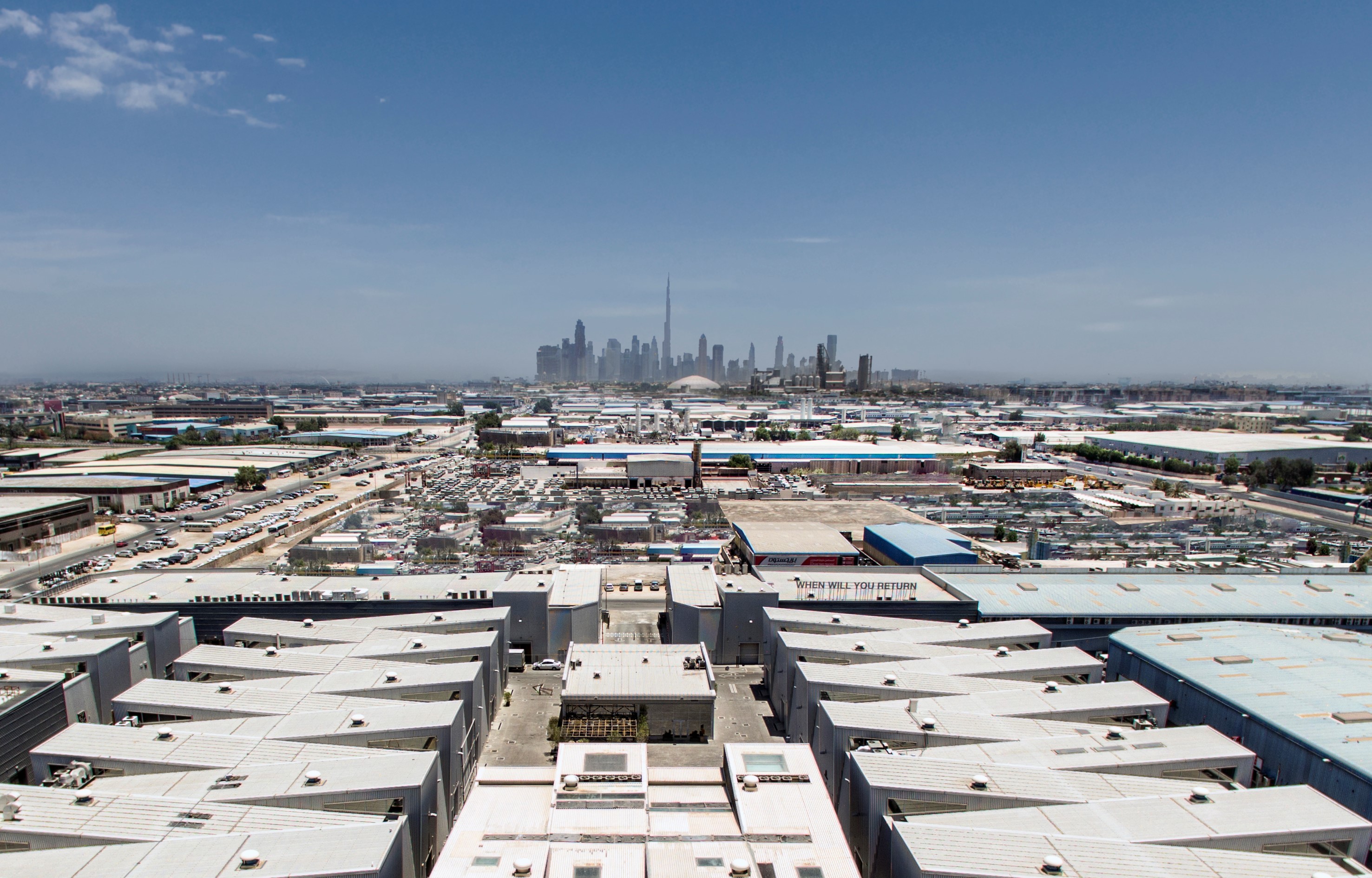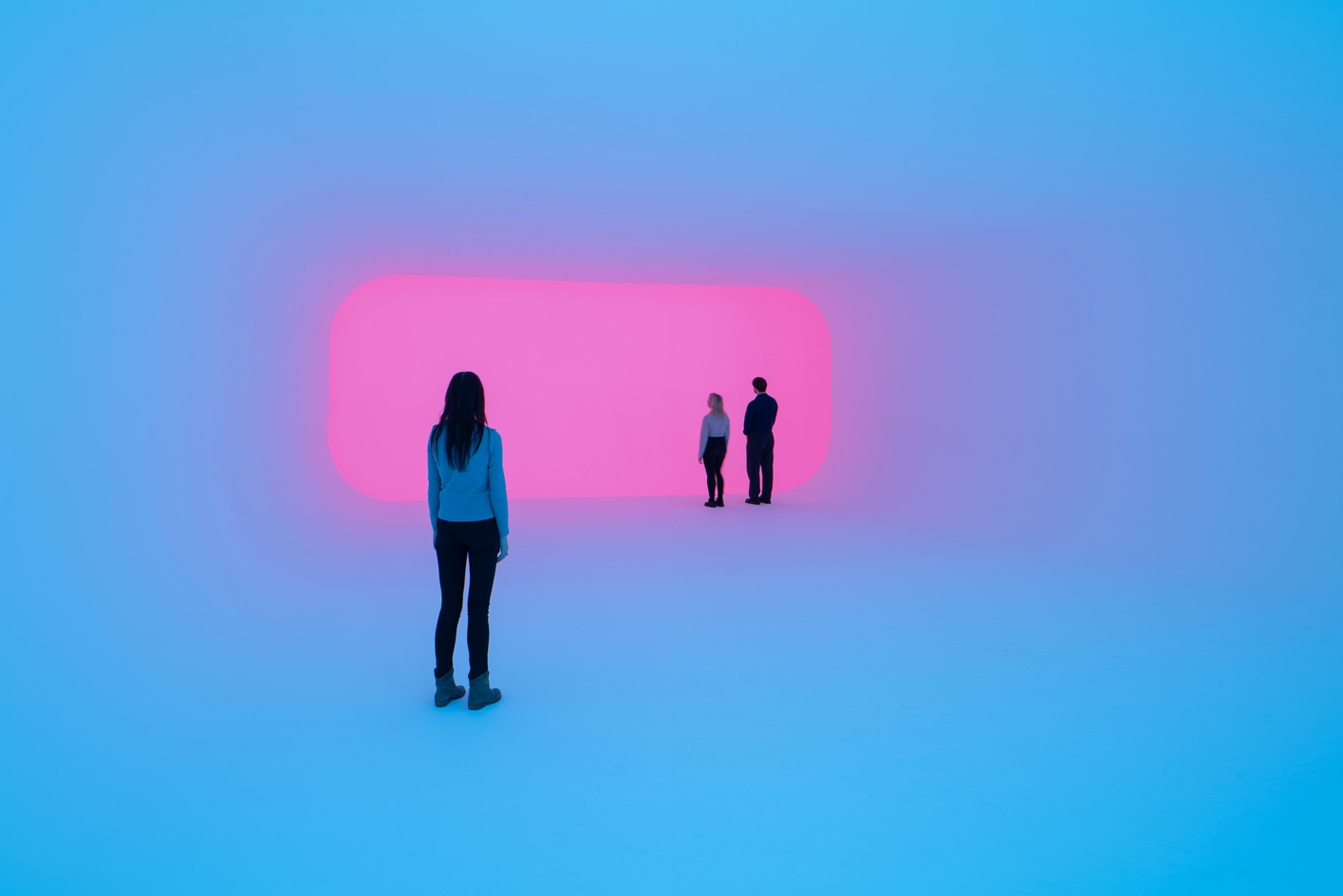AI and creativity: Louisiana museum considers the human in the machine
‘The Irreplaceable Human’ at Louisiana Museum of Modern Art in Denmark asks what creativity is in the age of AI

We hear a lot about AI. Post-humanism, Matrix-infused fantasies, and bodies morphing into machines surround us in a narrative that makes us feel that the future is now. Now ‘The Irreplaceable Human’ at Denmark’s Louisiana Museum of Modern Art addresses this fast-evolving subject but with a twist – the focus is on us, the humans who created and will work with all this life-changing technical innovation.
The exhibition features work by artists from Pablo Picasso to RobotLAB, and presents questions such as: ‘If AI is based on what we have already made, does that make it a historical tool?’
It looks at how creativity works in a world that is becoming ever more computer-guided, and highlights that this technology is always made, owned or monitored by human beings. Taking the focus away from the tech itself allows us to look at ourselves in relation to it. And this theme is explored through the eyes of artists including Ian Cheng, Trevor Paglen, Dawn Parsonage, Pablo Picasso, Yuri Pattison, Huang Po-Chih, Jon Rafman, Aura Rosenberg, Nastja Säde Rönkkö, Qiu Shihua, Tavares Strachan, Pilvi Takala, Emma Talbot, Tourmaline and Lee Wan, across mediums from painting to self-generating AI.
Curator Mathias Ussing Seeberg spoke to Wallpaper* about putting together ‘The Irreplaceable Human’, which presents new and unexpected viewpoints.
‘The Irreplaceable Human’: how can humans and AI coexist peacefully?

Wallpaper*: The title of the show suggests that you are celebrating the human in the machine, would you say that is correct?
Mathias Ussing Seeberg: We wanted to talk about the relevance of the human contribution to society and to address how you create an environment for new things to sprout and grow without necessarily knowing exactly what to think.
In what we have gained through technology, we have also lost something. Obviously, the time we're at work is one thing, but the time [when we’re at home], you could say that's been colonised by tech, in a way that something has come into our lives and is taking valuable time from [us], from our children and young people. They used to be bored, or do nothing, and that time has been taken away. It doesn't exist anymore.
Receive our daily digest of inspiration, escapism and design stories from around the world direct to your inbox.
We're all maybe guilty in some ways of absorbing these technologies and we see progress in tech as inevitable, like we've given up; we've given up on resisting technology, because there's also a lot of convenience.
I think it’s important to talk about the fact that if a computer or a machine is replacing human labour, that's a choice someone has made.

W*: How did you start to select the artists for the exhibition?
MUS: There are a lot of personal heroes in the show, artists that I always wanted to show and never had the chance to before, like Lily van der Stokker and Martin Kippenberger. This show has been in my head for ten years, and during that time I have been travelling a lot and seeing other shows. The Tony Cokes piece is an incredible work that I saw in Philadelphia five or six years ago.
I did a post-internet show some years ago, which was generational and it was a really coherent show but I didn't want that coherence; I wanted things to go in different directions. I think that all of these boxes, categories and groups we make are a little debilitating in some senses, which is why I wanted a large range of artists in the show, representing [different] viewpoints.

W*: The narrative around AI seems to change daily. Did you put the show together with that in mind?
MUS: The show talks about creativity in the age of AI, but it doesn't place creativity, necessarily, in the world of AI and it also talks about other things. But in terms of AI, I think what was important was that the show shouldn't be like the showroom of new technology.
So, it's not about your fascination with chat GPT. I mean, all of that's great and I think there's a lot of amazing new tools that will make our lives easier. Thinking how to keep up with everything that's happening continuously is to ask fundamental questions about what AI is, how it operates and who owns it.
There is a Trevor Paglen work in the show, for example, From Apple to Abomination, which shows how even an Apple can become something sinister. All of these things make you realise that AI doesn't know anything that we haven’t taught it.
‘The Irreplaceable Human’ is at Louisiana Museum of Modern Art, Denmark, until 1 April 2024

Amah-Rose Abrams is a British writer, editor and broadcaster covering arts and culture based in London. In her decade plus career she has covered and broken arts stories all over the world and has interviewed artists including Marina Abramovic, Nan Goldin, Ai Weiwei, Lubaina Himid and Herzog & de Meuron. She has also worked in content strategy and production.
-
 ‘Seriously,’ says Sprüth Magers, art can be funny too
‘Seriously,’ says Sprüth Magers, art can be funny tooAt Sprüth Magers, London, group show ‘Seriously’ delves into humour in art, from the satirical to the slapstick
-
 Zayed National Museum opens as a falcon-winged beacon in Abu Dhabi
Zayed National Museum opens as a falcon-winged beacon in Abu DhabiFoster + Partners’ Zayed National Museum opens on the UAE’s 54th anniversary, paying tribute to the country's founder and its ancient, present and evolving future
-
 Design Miami announces Dubai collectible design platform in collaboration with Alserkal
Design Miami announces Dubai collectible design platform in collaboration with AlserkalThe new platform will honour the region’s cultural heritage while highlighting its spirit of innovation
-
 Inside Valdemars Slot, where Baroque surroundings meet contemporary art
Inside Valdemars Slot, where Baroque surroundings meet contemporary artThis Danish palace has been in the same family for 11 generations; now, its owner has transformed it into a very unique art destination
-
 Kaari Upson’s unsettling, grotesque and seductive world in Denmark
Kaari Upson’s unsettling, grotesque and seductive world in DenmarkThe Louisiana Museum of Modern Art in Denmark is staging the first comprehensive survey of late artist Kaari Upson’s work
-
 Wallow in Ragnar Kjartansson’s epic riffs on Nordic melancholia at Louisiana Museum of Modern Art
Wallow in Ragnar Kjartansson’s epic riffs on Nordic melancholia at Louisiana Museum of Modern ArtIcelandic artist Ragnar Kjartansson brings his ‘Epic Waste of Love and Understanding’ to Denmark’s Louisiana Museum of Modern Art (until 22 October 2023)
-
 Esben Weile Kjær’s zany tribute to 1990s teenage rebellion
Esben Weile Kjær’s zany tribute to 1990s teenage rebellionArtist Esben While Kjær, a rapidly rising star in the Danish art world, has just unveiled a radically curated show of the Arken Museum for Modern Art’s collection
-
 ‘Light & Space’ at Copenhagen Contemporary: ‘moving art without moving elements’
‘Light & Space’ at Copenhagen Contemporary: ‘moving art without moving elements’On view until 4 September, epic group show ‘Light & Space’ explores the past and present of the iconic light and installation art movement. It’s physical, emotional, bodily and disorientating
-
 ‘Mother!’: artists interpret the many facets of motherhood in Denmark show
‘Mother!’: artists interpret the many facets of motherhood in Denmark showFertility, sacrifice and surveillance are just some themes examined in the group show ‘Mother!’, at Denmark’s Louisiana Museum of Modern Art, coinciding with Mother’s Day 2021
-
 At home with artist Jeppe Hein
At home with artist Jeppe HeinEven in a period of social distancing, the art world continues to turn. In our ongoing series, we go home, from home, with artists finding inspiration in isolation. Reached in Berlin, Jeppe Hein looks back on a decade of mindfulness and reflects on changing oneself in order to change the world
-
 Carsten Höller advocates the virtues of confusion in two major Denmark exhibitions
Carsten Höller advocates the virtues of confusion in two major Denmark exhibitionsThe German artist (and erstwhile scientist) is staging complementary surveys at Copenhagen Contemporary and the Kunsten Museum of Modern Art Aalborg